The Windows 11 update process is generally smooth, but sometimes users encounter the install error 0x80070103. This error often arises when Windows tries to install a driver that's already present or incompatible with your system. While Microsoft notes that this error is harmless and won't affect your regular usage, it can be frustrating. Fortunately, there are several methods to resolve this issue and ensure your system updates successfully.
Run Update Troubleshooter
The built-in Windows Update Troubleshooter can automatically detect and fix common problems with your system updates and configurations.
Step 1: Press Windows + I to open the Settings app. Ensure you're on the System tab from the left sidebar.

Step 2: In the right pane, scroll down and click on the Troubleshoot option.

Step 3: Click on Other troubleshooters to view all available troubleshooters.
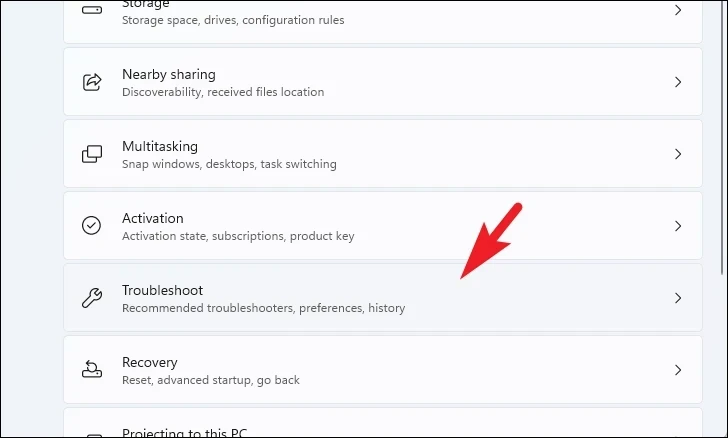
Step 4: Locate the Windows Update troubleshooter and click the Run button next to it.

Step 5: Follow the on-screen instructions. Once the troubleshooter completes, it will display any issues found and potential fixes. Click on View detailed information for more insights.
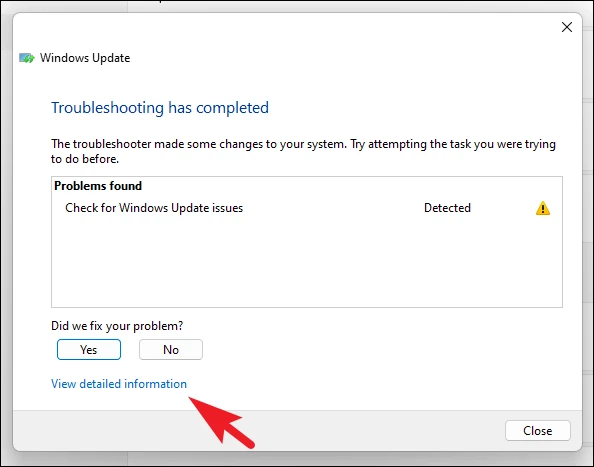
Reset Windows Update Service
If the troubleshooter doesn't resolve the issue, resetting the Windows Update services can help. This process will clear any corrupted update files and reset update components.
Step 1: Open the Start Menu, type Terminal, right-click on it, and select Run as administrator.
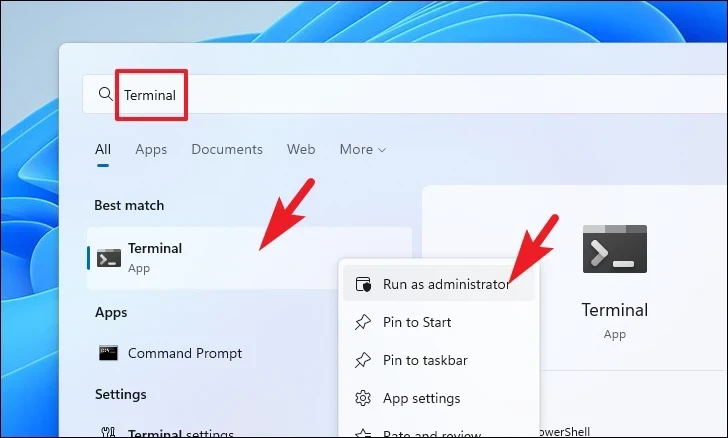
Step 2: In the Terminal window, click the downward arrow (chevron) and select Command Prompt.
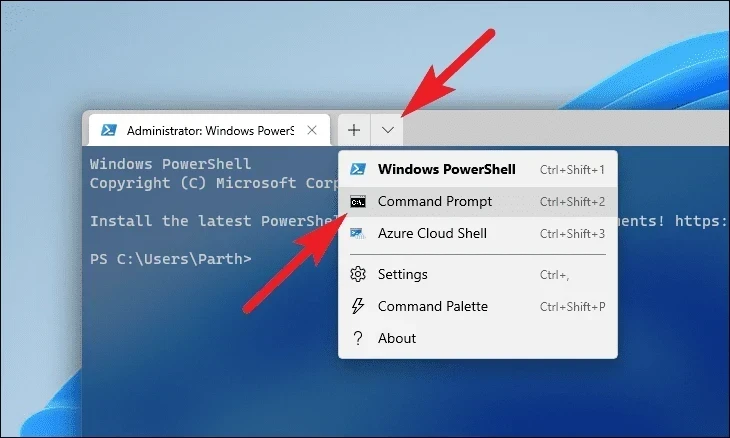
Step 3: Stop the Windows Update services by typing the following commands one by one and pressing Enter after each:
net stop bitsnet stop wuaservnet stop cryptsvc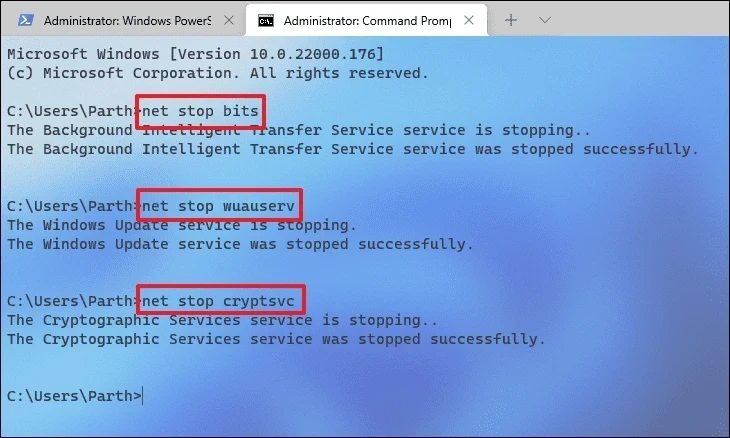
Step 4: Press Windows + R to open the Run dialog. Enter the following path and click OK:
C:\Windows\SoftwareDistribution\DataStore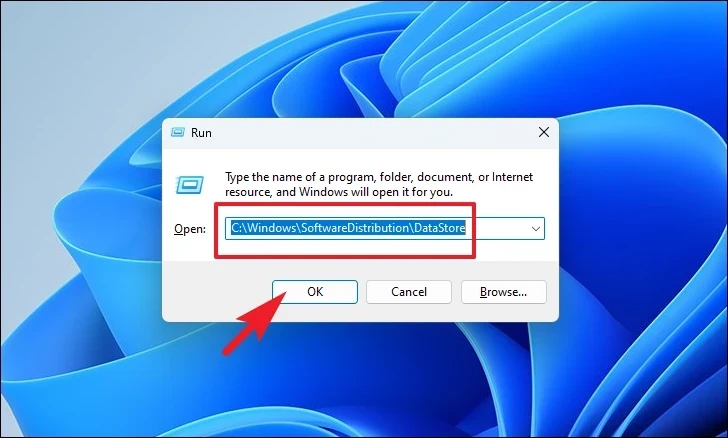
Step 5: In the opened folder, press Ctrl + A to select all files, then press Shift + Delete to permanently delete them.

Step 6: Return to the Command Prompt and run the following command to delete downloader files:
Del "%AllUSERSPROFILE%\Application Data\Microsoft\Network\Downloader\*.*"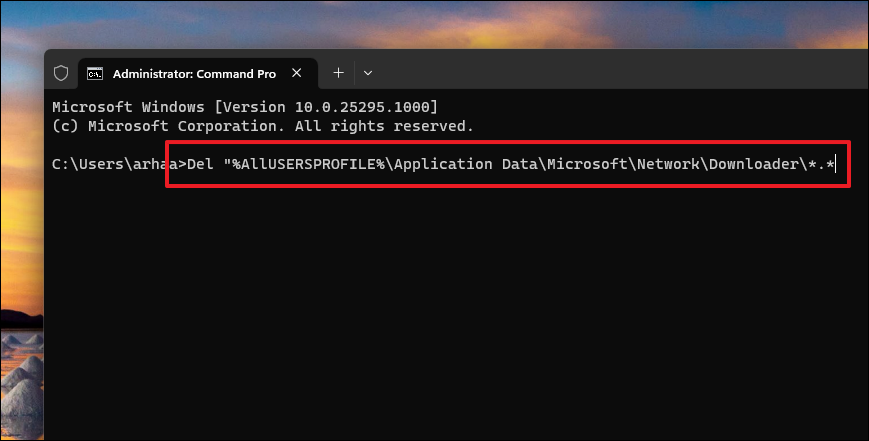
Step 7: Next, remove the catroot2 folder by executing:
rmdir %systemroot%\system32\catroot2 /S /Q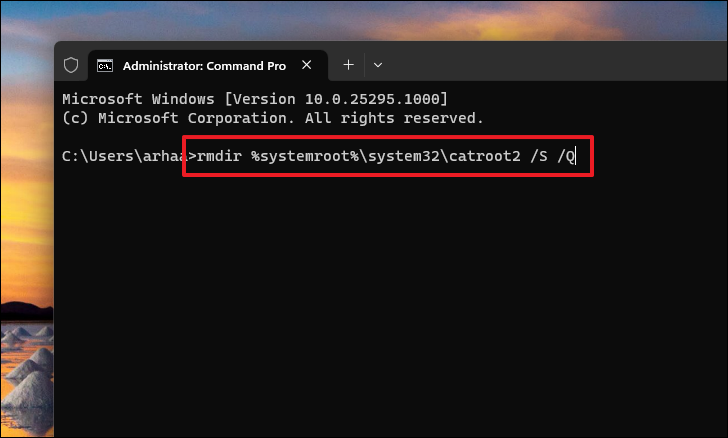
Step 8: Reset BITS and Windows Update services to their default security descriptor with these commands:
sc.exe sdset bits D:(A;;CCLCSWRPWPDTLOCRRC;;;SY)
(A;;CCDCLCSWRPWPDTLOCRSDRCWDWO;;;BA)
(A;;CCLCSWLOCRRC;;;AU)
(A;;CCLCSWRPWPDTLOCRRC;;;PU)sc.exe sdset wuauserv D:(A;;CCLCSWRPWPDTLOCRRC;;;SY)
(A;;CCDCLCSWRPWPDTLOCRSDRCWDWO;;;BA)
(A;;CCLCSWLOCRRC;;;AU)
(A;;CCLCSWRPWPDTLOCRRC;;;PU)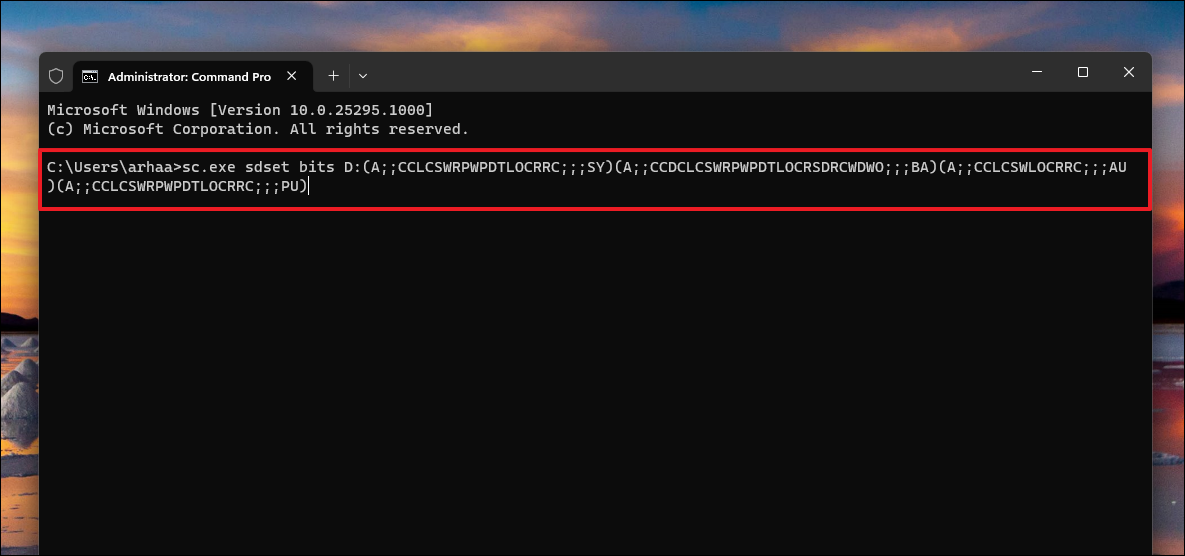
Step 9: Change the directory to the System32 folder by typing:
cd /d %windir%\system32
Step 10: Re-register the BITS and Windows Update files using the following commands. Execute each command separately by pressing Enter after each:
regsvr32.exe /s atl.dllregsvr32.exe /s urlmon.dllregsvr32.exe /s mshtml.dllregsvr32.exe /s shdocvw.dllregsvr32.exe /s browseui.dllregsvr32.exe /s jscript.dllregsvr32.exe /s vbscript.dllregsvr32.exe /s scrrun.dllregsvr32.exe /s msxml.dllregsvr32.exe /s msxml3.dllregsvr32.exe /s msxml6.dllregsvr32.exe /s actxprxy.dllregsvr32.exe /s softpub.dllregsvr32.exe /s wintrust.dllregsvr32.exe /s dssenh.dllregsvr32.exe /s rsaenh.dllregsvr32.exe /s gpkcsp.dllregsvr32.exe /s sccbase.dllregsvr32.exe /s slbcsp.dllregsvr32.exe /s cryptdlg.dllregsvr32.exe /s oleaut32.dllregsvr32.exe /s ole32.dllregsvr32.exe /s shell32.dllregsvr32.exe /s initpki.dllregsvr32.exe /s wuapi.dllregsvr32.exe /s wuaueng.dllregsvr32.exe /s wuaueng1.dllregsvr32.exe /s wucltui.dllregsvr32.exe /s wups.dllregsvr32.exe /s wups2.dllregsvr32.exe /s wuweb.dllregsvr32.exe /s wucltux.dllregsvr32.exe /s wuwebv.dllregsvr32.exe /s qmgr.dllregsvr32.exe /s qmgrprxy.dll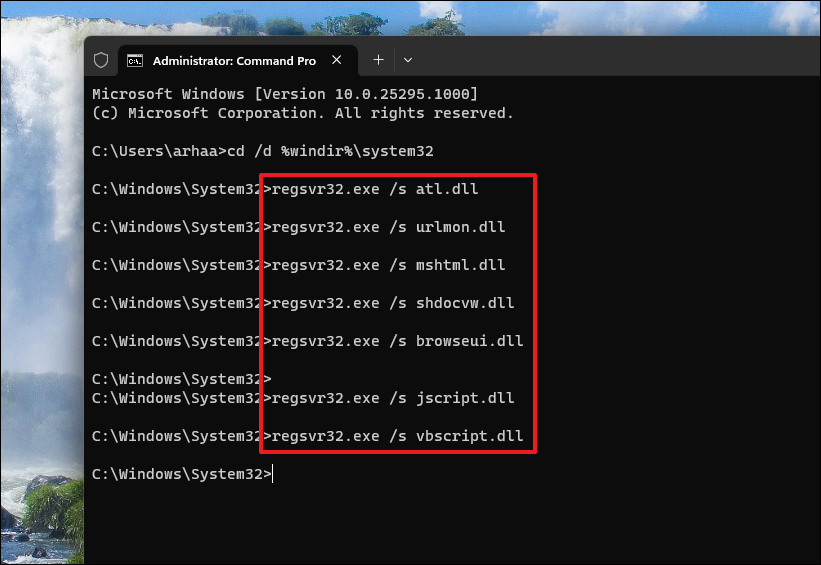
Step 11: Restart the Windows Update services by typing these commands:
net start bitsnet start wuaservnet start cryptsvc
Step 12: Restart your computer and check if the Windows Update error is resolved.
Run DISM and SFC Scan to Fix Corrupted System Files
Corrupted system files can interfere with Windows Update. Running DISM and SFC scans can repair these files.
Step 1: Open the Start Menu, type Terminal, right-click on it, and choose Run as administrator.
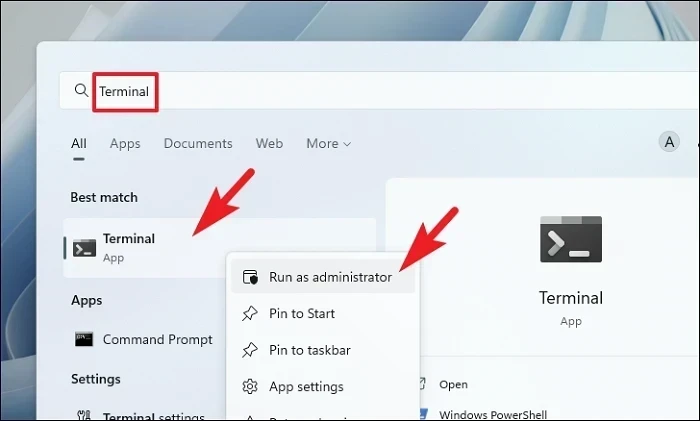
Step 2: In the Terminal, select Command Prompt from the dropdown menu.

Step 3: Execute the following command to restore the system image:
DISM /Online /Cleanup-Image /RestoreHealth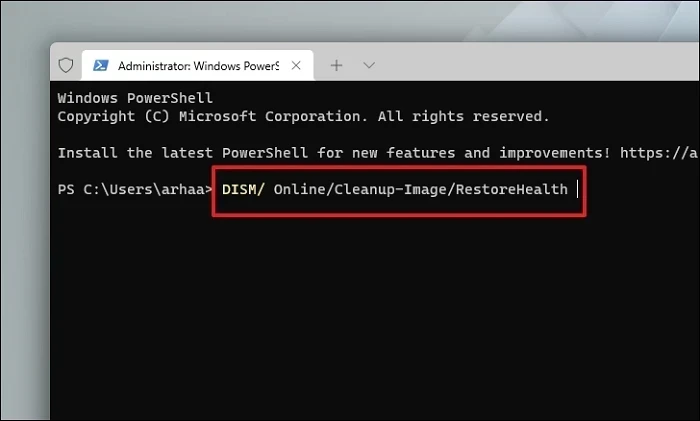
Step 4: After DISM completes, run the System File Checker scan:
SFC /scannow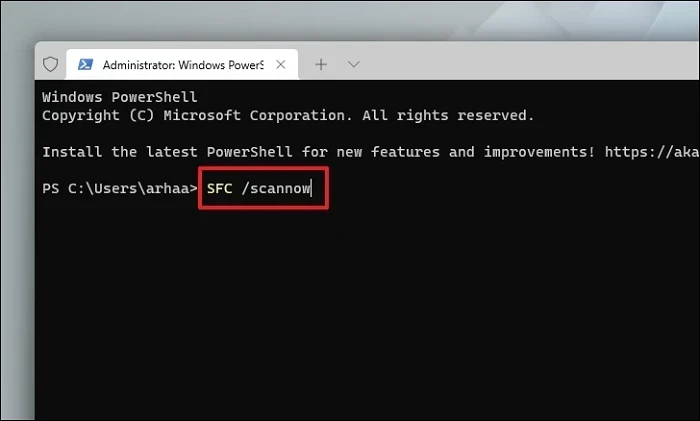
Step 5: Once the scan finishes, restart your system and attempt the update again.
Manually Install the Update
If Windows Update continues to fail, you can manually download and install the update from the Microsoft Update Catalog.
Step 1: Visit the Microsoft Update Catalog website.
Step 2: In the search bar, enter the KB number of the update you need and press Enter.
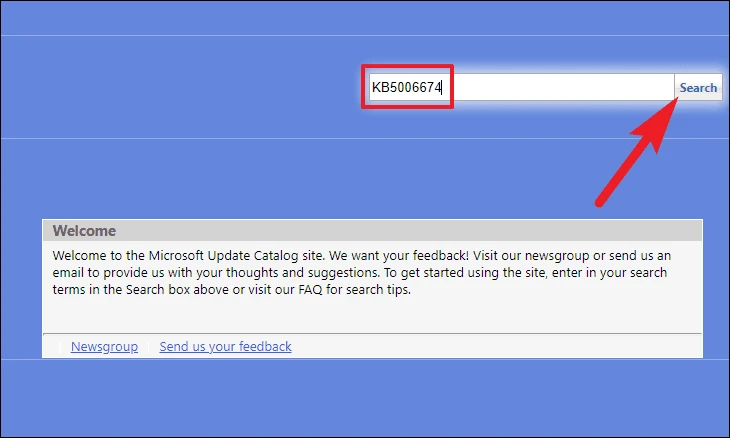
Step 3: Find the update compatible with your system (look for x64-based Systems) and click on it.
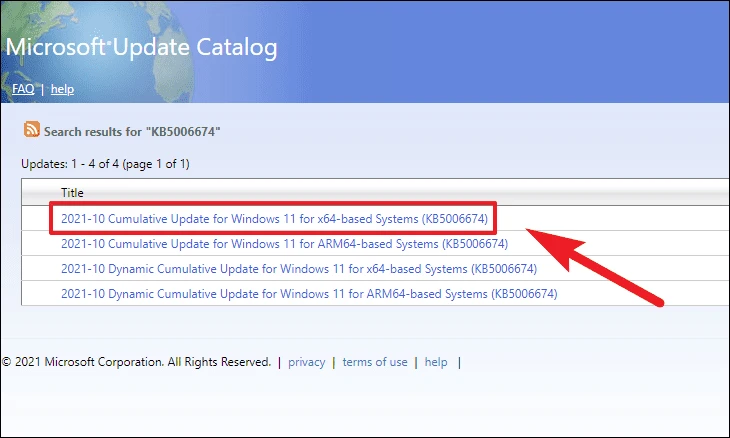
Step 4: Review the update details, then go back and click on the Download button.
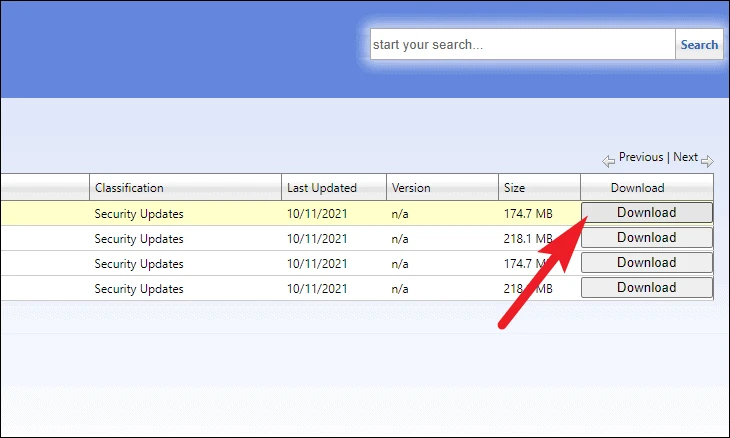
Step 5: In the new window, right-click the link provided and select Save link as...

Step 6: Choose a download location and save the file.
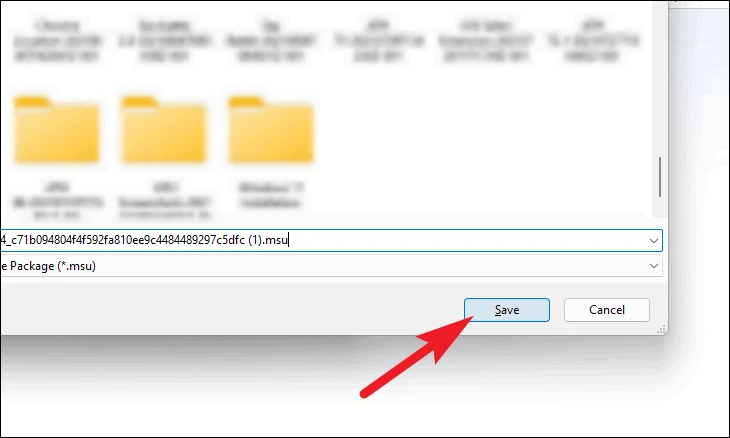
Step 7: Navigate to the download location and double-click the installer to run it.
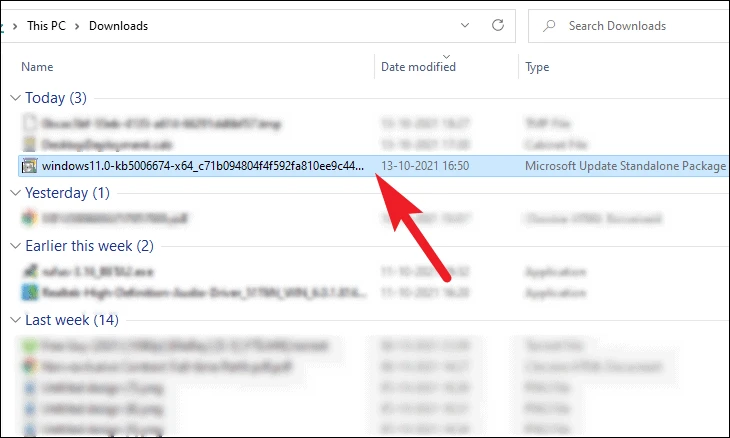
Step 8: Follow the on-screen prompts to install the update. Restart your computer afterward.
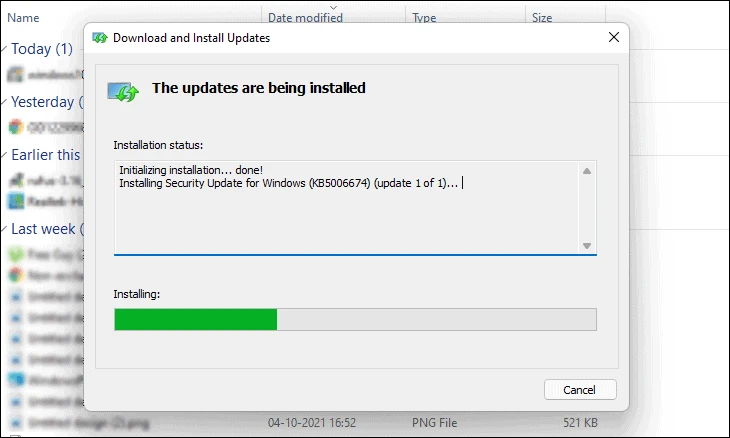
Pause and Resume the Update
Sometimes, a simple pause and resume can fix update errors.
Step 1: Go to Settings > Windows Update.
Step 2: Click on the Retry button next to the failed update.
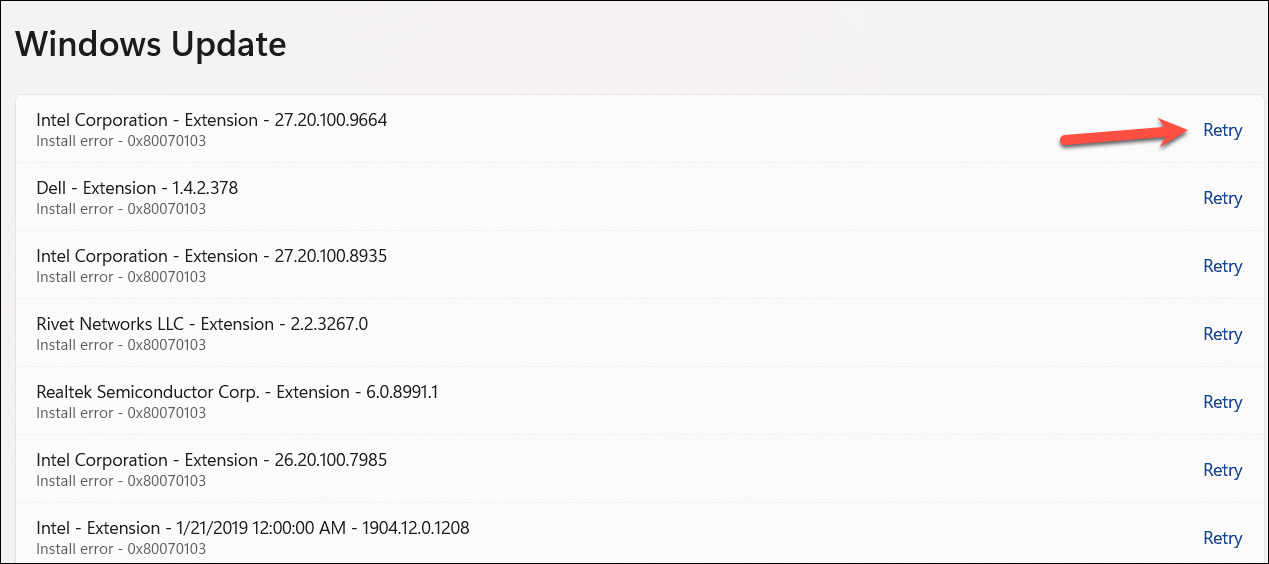
Step 3: Pause the updates by clicking on Pause updates for a week, then resume them immediately.
Reset Your PC
If all else fails, resetting your PC can resolve deep-rooted issues. This process will reinstall Windows while keeping your personal files intact, but it will remove installed applications.
Step 1: Open the Settings app by pressing Windows + I and select the System tab.
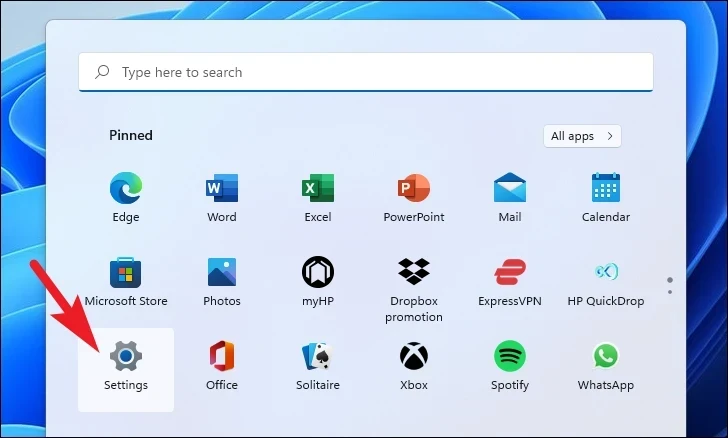
Step 2: Scroll down and click on Recovery.
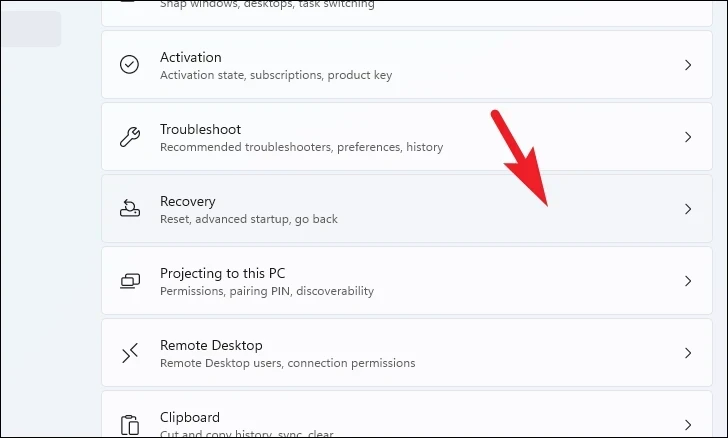
Step 3: Under Recovery options, click the Reset PC button.

Step 4: Choose Keep my files to retain your personal data.
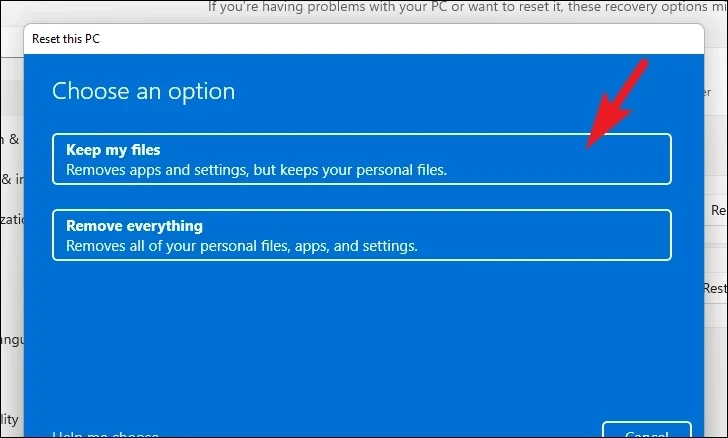
Step 5: Select Cloud download to download a fresh copy of Windows.
Note: This will require an internet connection and may use over 4 GB of data.
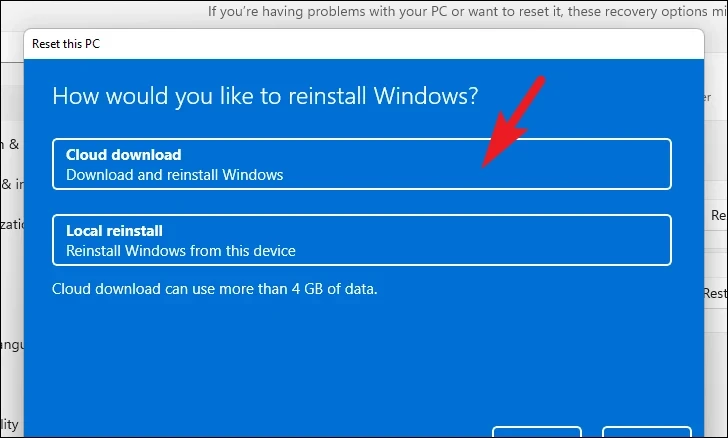
Step 6: Review the reset settings. If needed, click on Change settings to adjust options.
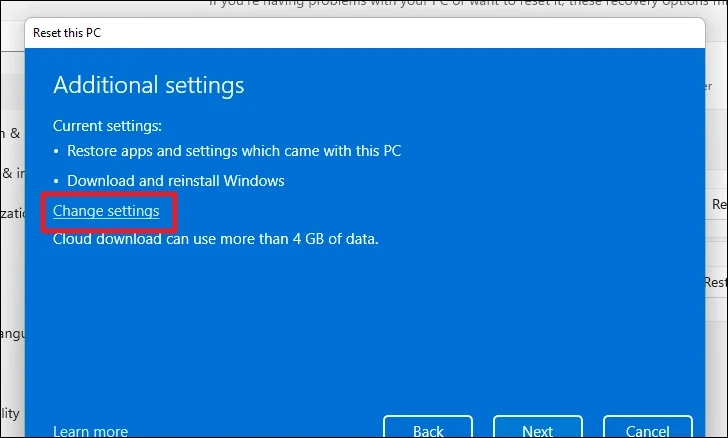
Step 7: Confirm your choices and click on Next. Follow the on-screen instructions to complete the reset process.
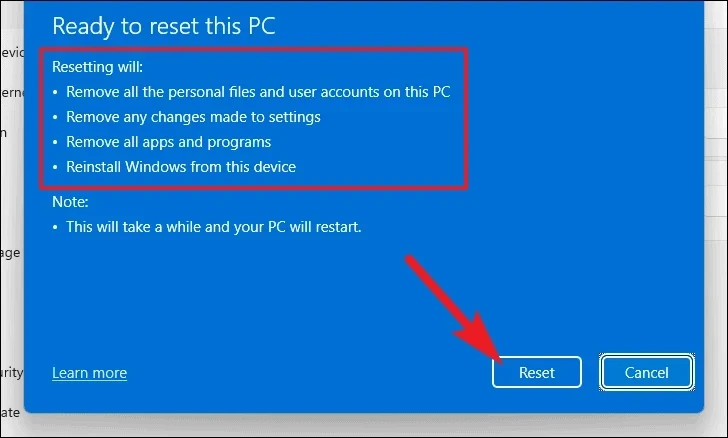
By following these methods, you should be able to resolve the install error 0x80070103 in Windows 11 and successfully update your system.







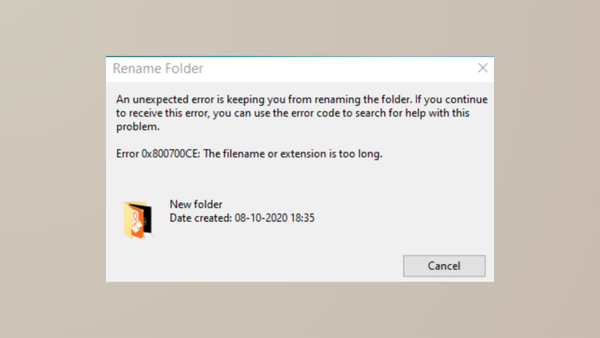
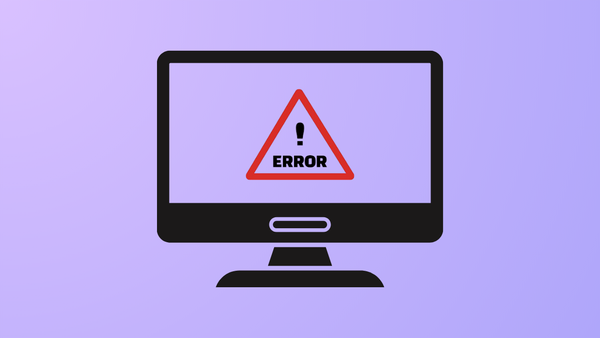
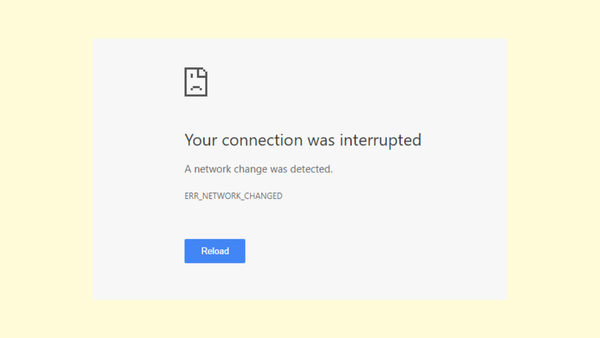
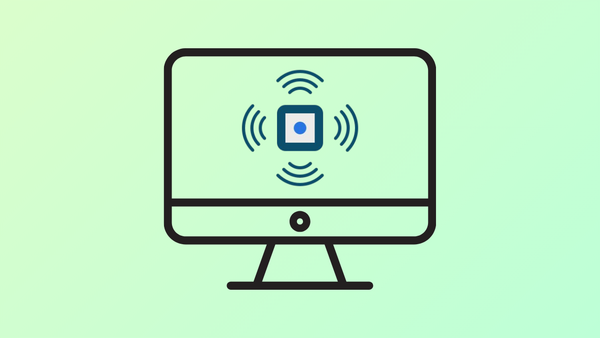
Member discussion